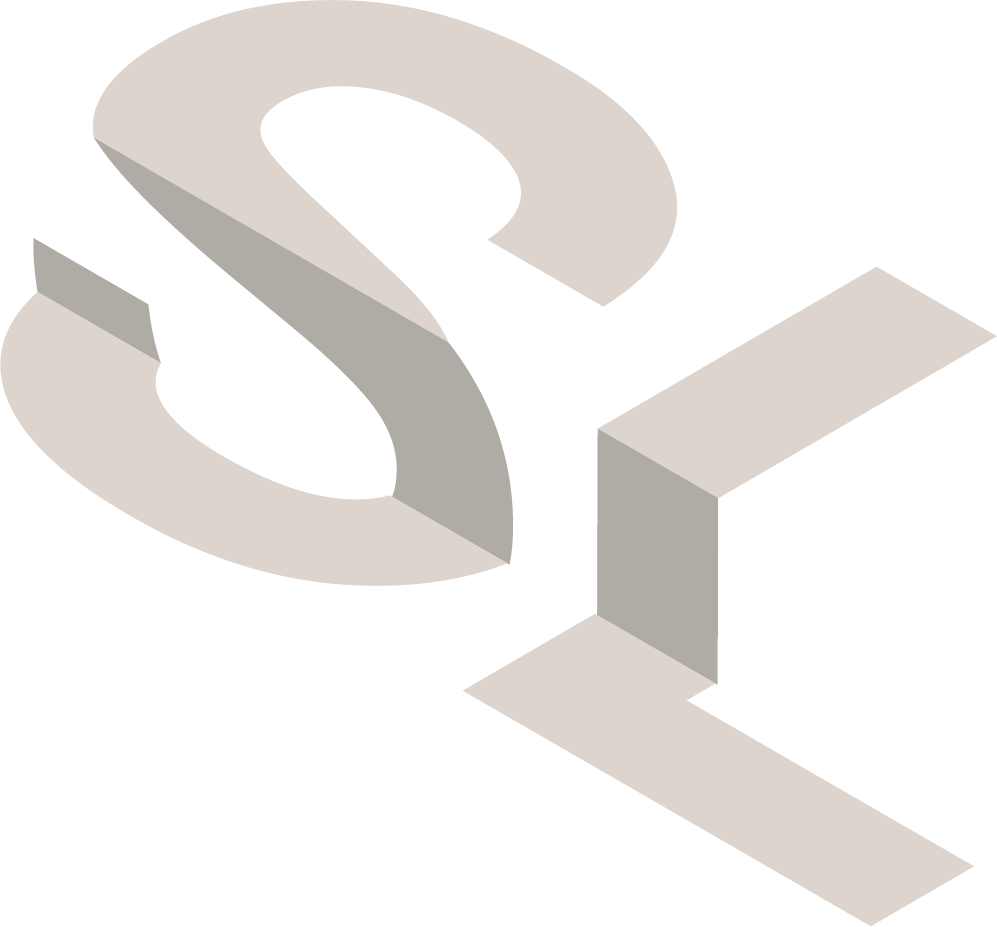UX-Driven Improvements in Forest Planning
AFRY Smart Forestry
Client
AFRY Smart Forestry
Duration
April, 2024-
My role
UX/UI- designer
Impact
The design work improved usability, reduced complexity, and helped deliver a more intuitive and scalable tool for sustainable forest management.
Designing Smarter Forestry Tools
AFRY Smart Forestry offers a SaaS solution that creates a digital twin of forest land, supporting forestry experts in planning and executing their work more efficiently. The challenge was to design and implement new functionalities within the web application, while also improving existing user flows. This involved enhancing accessibility, ensuring visual and interaction consistency, and aligning the interface with modern UI best practices—all to create a more intuitive and efficient user experience for forestry professionals.
Accessibility | Design system | Usability | Forestry
Design Systems and Interfaces for Forestry Planning
As a UX designer in AFRY’s Smart Forestry project, I helped develop digital tools for sustainable, data-driven forest management. My work focused on creating intuitive interfaces for professionals working with complex planning data.
Key Contributions:
Module Design: Designed user-friendly modules for tasks like scenario analysis, road maintenance, and worksite planning.
Design System: Maintained and refined the design system to ensure consistency and scalability across the product.
Team Collaboration: Worked in an agile team with developers and domain experts, and led retrospectives to improve team processes.
By combining design thinking with domain insight, I contributed to tools that enable smarter, more sustainable forestry decisions.
Testing & Iterating: Scenario Module Redesign
As part of a concept development project, I conducted a usability test focusing on a Figma prototype designed for scenario selection and analysis. The tool was intended to help users compare and evaluate different forest management strategies.
We tested the prototype with three users, each with a different level of experience and knowledge base. During the sessions, I observed how they interacted with the interface, noting moments of confusion, hesitation, and feedback related to layout and navigation.
Key Findings:
Users struggled to clearly understand the relationship between the scenario selections and the data shown in the analysis panel.
The interface felt cluttered which overwhelmed the users.
Some labels and layout elements led to misinterpretation of controls.
Post-Test Iteration:
Based on the insights, I refined the prototype to:
Improve the visual hierarchy and readability.
Create clearer connections between the scenario selections in the side menu and the analysis content.
Reduce visual clutter to help users focus on key tasks and comparisons.
The updated design significantly clarified the user flow and made the interface more intuitive for decision-making in forest planning.
Due to confidentiality this is not the actual screens
UX-Driven Improvements in Forest Planning
Close collaboration with the Product owner was key in simplifying the complex workflows. Usability testing of a Figma prototype revealed issues such as unclear data relationships, visual clutter, and confusing labels. Based on these insights, the interface was iterated to improve visual hierarchy, clarify navigation, and reduce cognitive load, resulting in a more intuitive and effective user experience for forestry professionals.
Outcomes
Intuitive modules for scenario analysis, road maintenance, and worksite planning, tailored to forestry professionals’ workflows.
Maintained and evolved the design system
Improved team processes by leading retrospectives.






